
Review of Chief Sales Officer Leadership Vision 2023
Introduction
Sales leaders understand that segmented commercial operations pose a barrier to delivering an exceptional customer experience. Compounding this obstacle, sales operations leaders are tasked with navigating a turbulent economic landscape characterized by inflation, talent shortages, and disruptions in the supply chain. These elements disrupt commercial organizations’ capacity to facilitate confident purchase decisions for buyers.
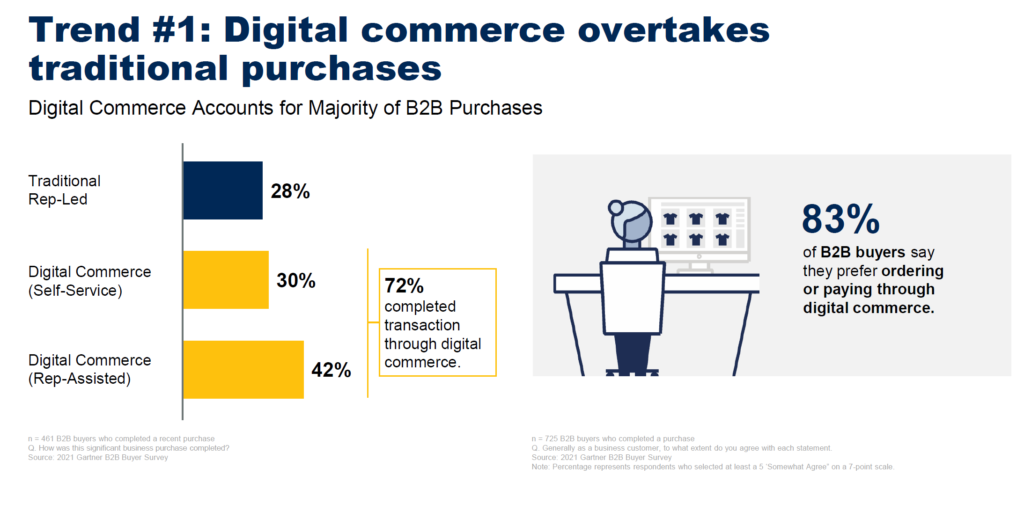
Digital commerce is becoming increasingly dominant in the B2B sector, surpassing traditional methods of purchasing. The Gartner data presented indicates a clear preference among B2B buyers for ordering and paying through digital platforms, with a majority of purchases now being conducted through digital commerce channels. This shift highlights the importance of adapting to the digital landscape in order to meet the evolving needs and preferences of B2B customers. The statistics provided suggest that businesses that embrace digital commerce are likely to have a competitive advantage in the market, as more buyers gravitate towards self-service and rep-assisted digital transactions.
Overall, it underscores the significance of digital transformation in the B2B space and the necessity for businesses to prioritize their digital commerce strategies to remain relevant and competitive.
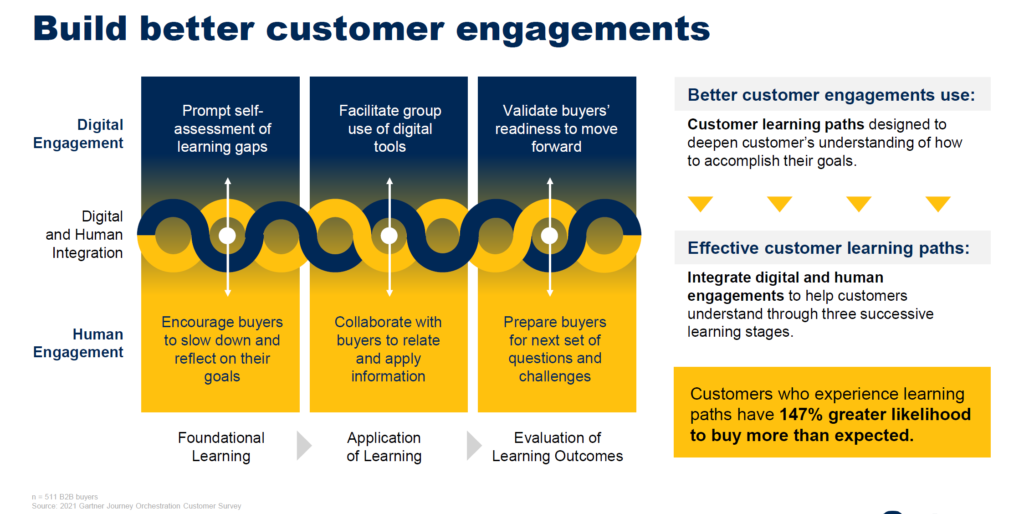
APACSMA can draw the conclusion that effective customer engagement involves a combination of digital tools and human interaction. By validating buyers, facilitating self-assessment of learning gaps, and encouraging reflection on goals, businesses can create a more meaningful and collaborative engagement experience. The structured approach outlined in the diagram, with three successive learning stages, aims to deepen customer understanding and increase the likelihood of exceeding expected purchases.
Overall, it emphasizes the importance of integrating digital and human engagements to create a successful customer journey. Learn more about APACSMA’s Sales Operations Programme.
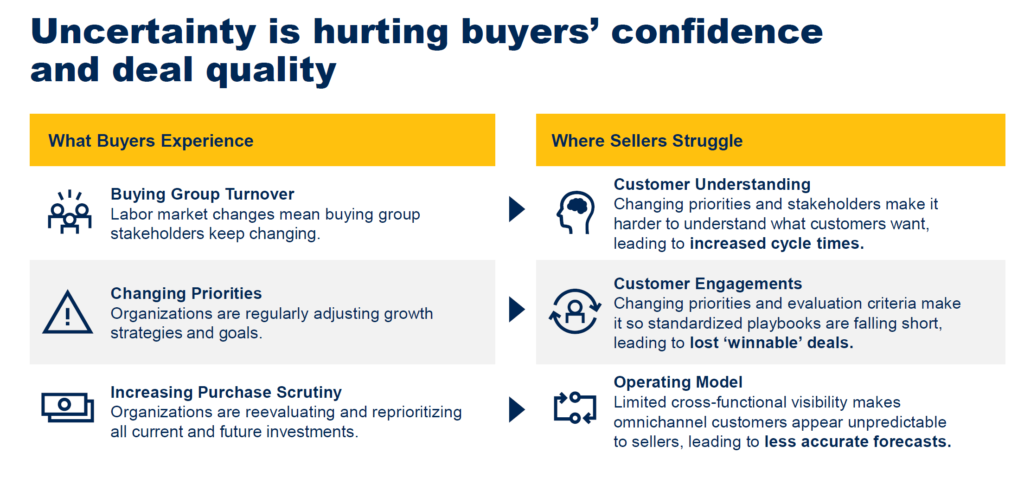
The landscape of customer satisfaction, highlighting the various hurdles faced by both buyers and sellers in today’s market. It emphasizes the importance of adaptability and understanding in navigating the changing priorities and dynamics of customer interactions. The diagram serves as a valuable resource for businesses looking to enhance their strategies and address the challenges that impact customer satisfaction and deal quality.
Overall, it underscores the need for proactive measures and a deep understanding of customer needs to drive successful outcomes in the competitive marketplace.
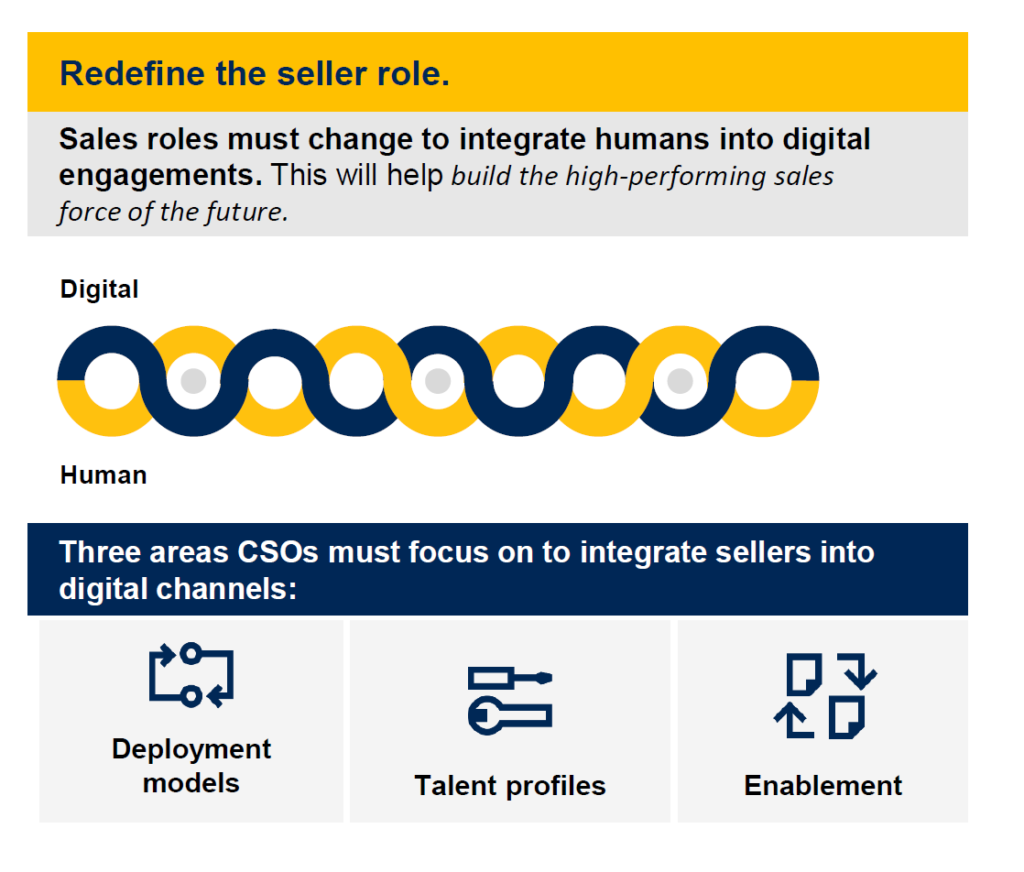
It can be concluded that there is a strong emphasis on the need for sales roles to evolve and adapt to the digital landscape. The text suggests that integrating human elements into digital engagements is crucial for building high-performing sales forces in the future. The focus on deployment models, talent profiles, and enablement strategies indicates a strategic approach to incorporating sellers into digital channels effectively. The use of blue and yellow colors, along with symbols, conveys a sense of innovation and forward-thinking in addressing the challenges and opportunities presented by digital transformation.
The importance of embracing change and leveraging both digital tools and human capabilities to drive sales success in the modern business environment is crucial. Learn more about APACSMA’s Sales Operations Programme.
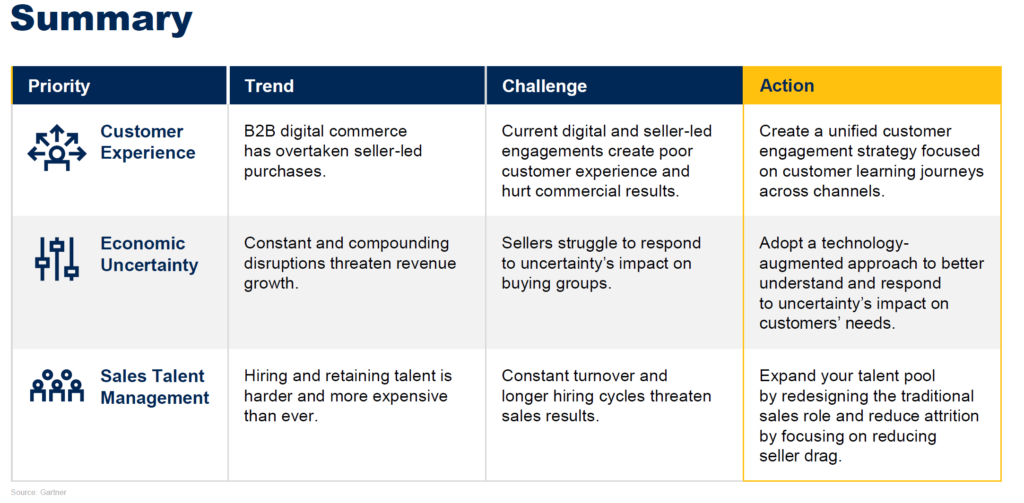
It can be concluded that businesses are facing significant challenges in the digital commerce landscape. The shift towards B2B digital commerce is highlighted as a priority, with a focus on creating a unified customer experience to improve engagement and drive better results. Economic uncertainty is identified as a constant threat, requiring businesses to adopt technology-augmented approaches to understand and respond to customer needs amidst disruptions. Additionally, it emphasizes the importance of sales talent management, suggesting strategies to expand the talent pool and reduce attrition in order to enhance sales performance.
Overall, it underscores the need for businesses to adapt to changing market dynamics and invest in strategies that prioritize customer experience, technology adoption, and talent management for sustainable growth.
Source: Gartner
Awards and Recognitions

Follow Us on LinkedIn
All Rights Reserved.

















